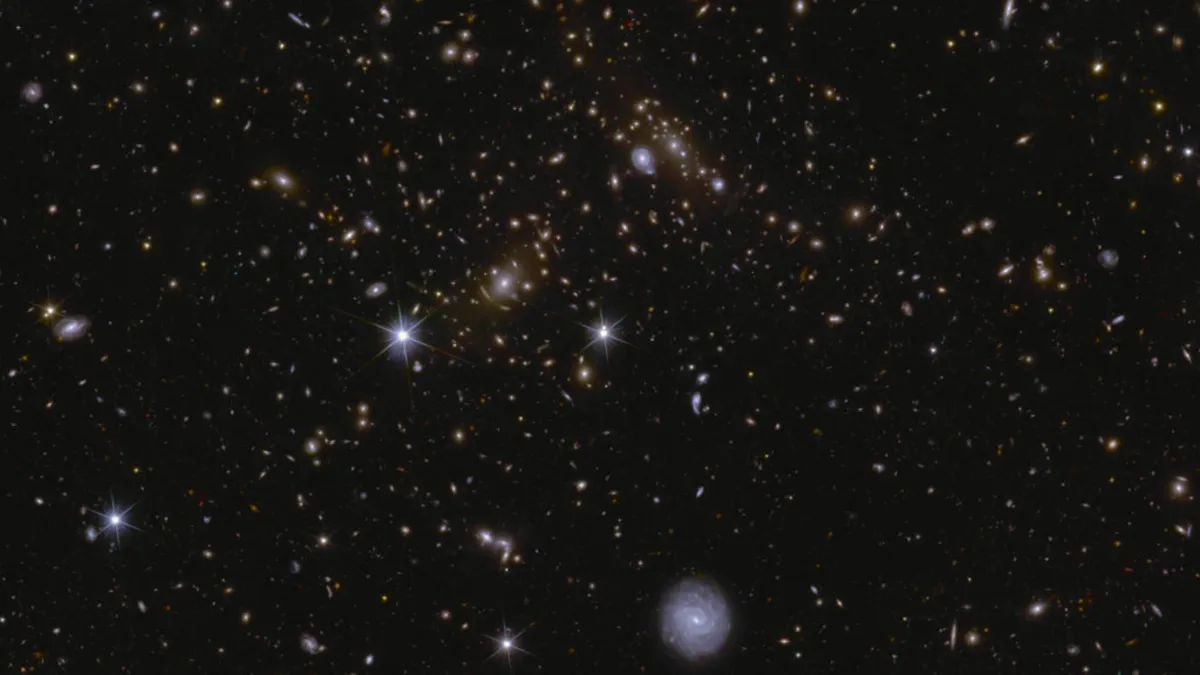
NEW YORK (AP) — The European Space Agency’s Euclid observatory, launched to delve into the mysteries of the dark universe, has unveiled a wealth of new data and stunning images of distant galaxies. This groundbreaking work is set to enhance our understanding of the cosmos.
On Wednesday, the Euclid observatory released a collection of images and information, offering a preview of three cosmic areas that the mission will analyze in greater detail. This initiative aims to meticulously map the shapes and locations of galaxies that are billions of light-years away. To put this into perspective, a light-year is nearly 6 trillion miles.
Launched in 2023 from Florida, the Euclid observatory is dedicated to creating a cosmic atlas that will provide valuable insights into the workings of our ever-expanding universe. By studying the enigmatic forces known as dark energy and dark matter, researchers hope to uncover the roles these elements play in the formation and evolution of the universe.
Despite constituting the majority of the universe, the exact nature of dark energy and dark matter remains elusive. The Euclid mission, spanning over six years of observation, aims to capture exquisite images—often referred to as glamour shots—of over 1.5 billion galaxies. This extensive data collection will be crucial in advancing our understanding of these mysterious components of the universe.
As the Euclid observatory continues its mission, the scientific community eagerly anticipates the revelations that will emerge from this ambitious project. With the potential to reshape our knowledge of the universe, the findings from this space telescope are anticipated to be a significant milestone in the field of astronomy.